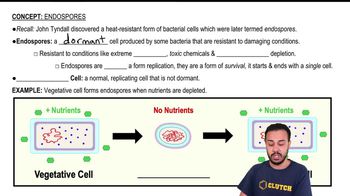Textbook Question
Use the following choices to answer questions 7–9.
a. direct fluorescent antibody
b. indirect fluorescent antibody
c. rabies immune globulin
d. killed rabies virus
e. none of the above
Test used to detect the presence of antibodies in a patient’s serum.
109
views




